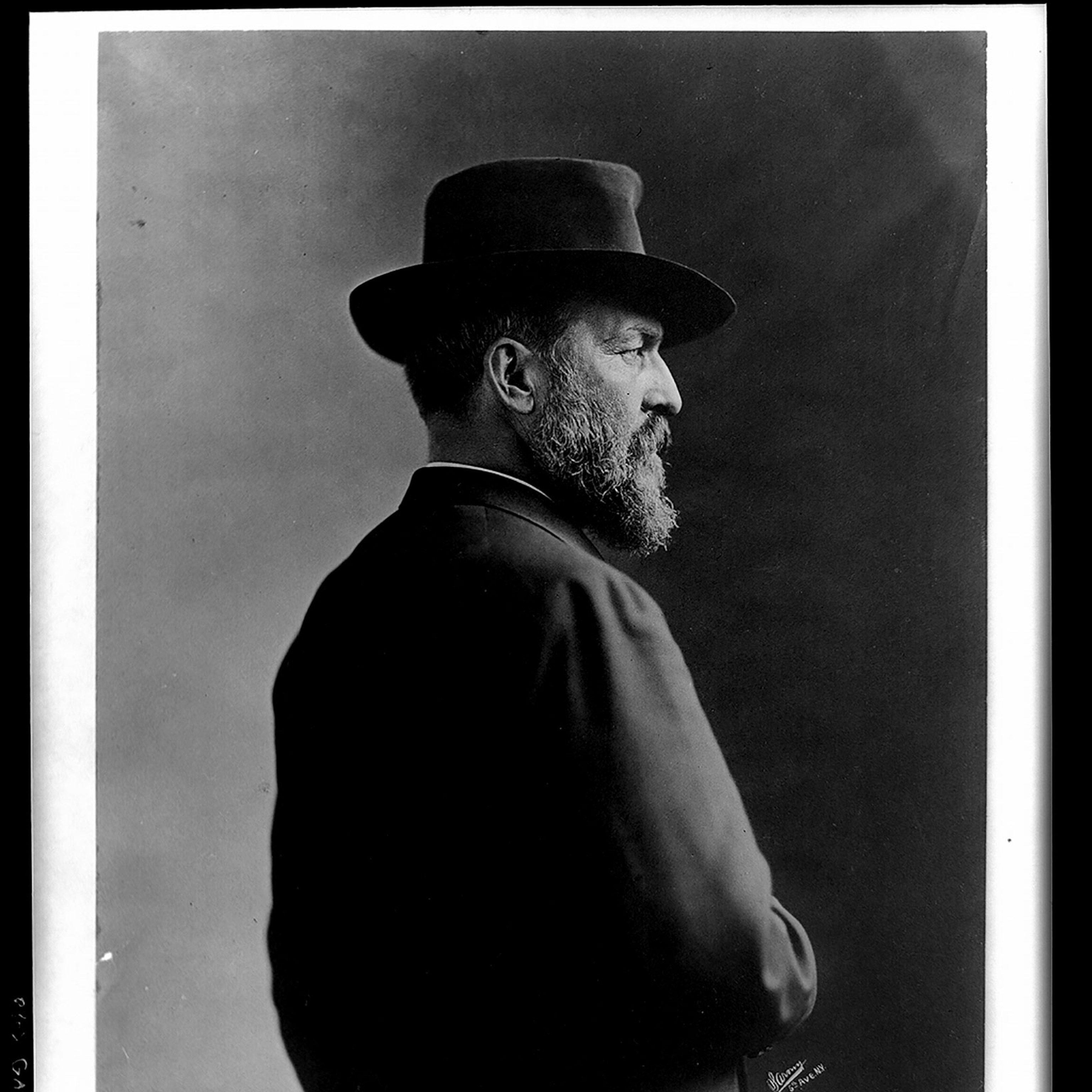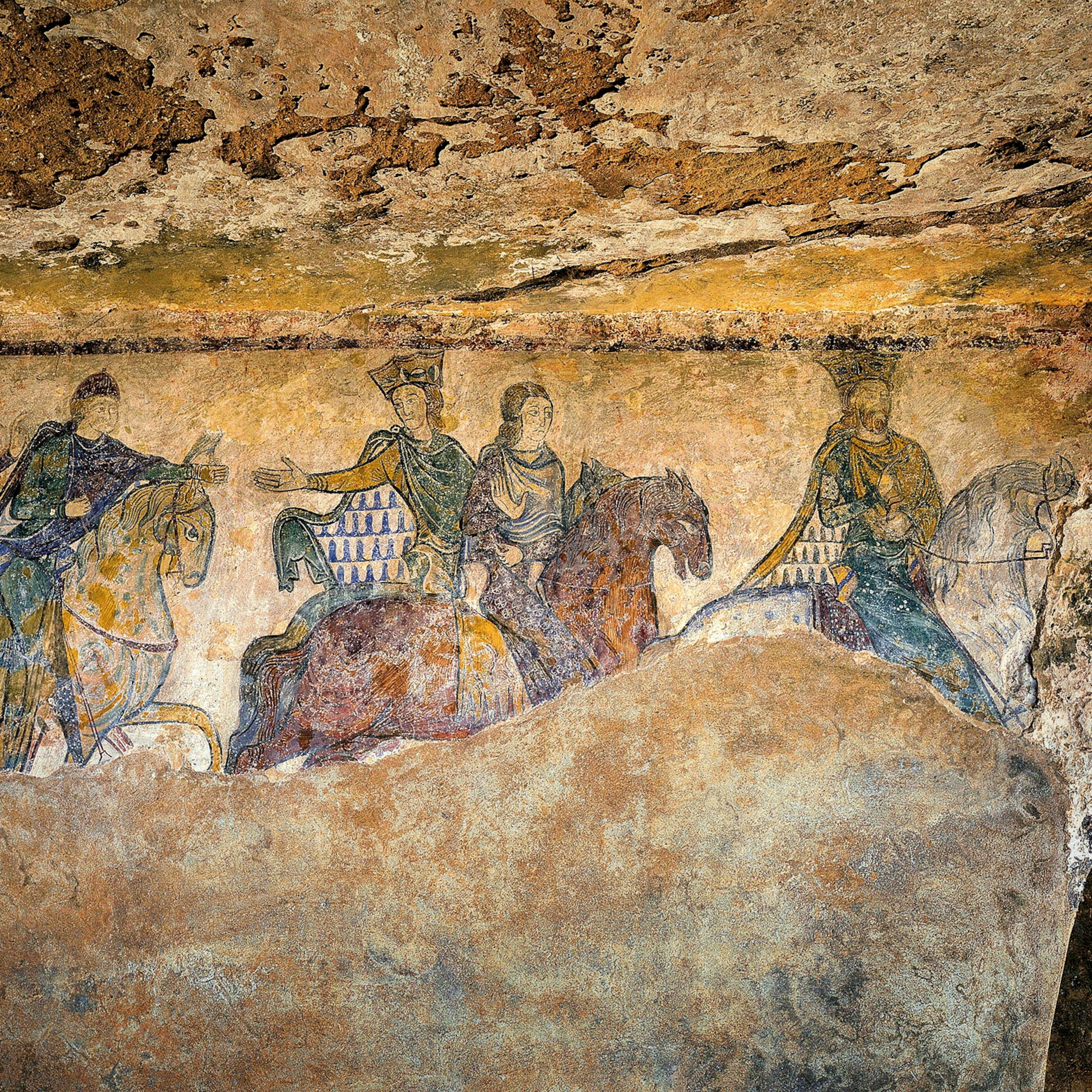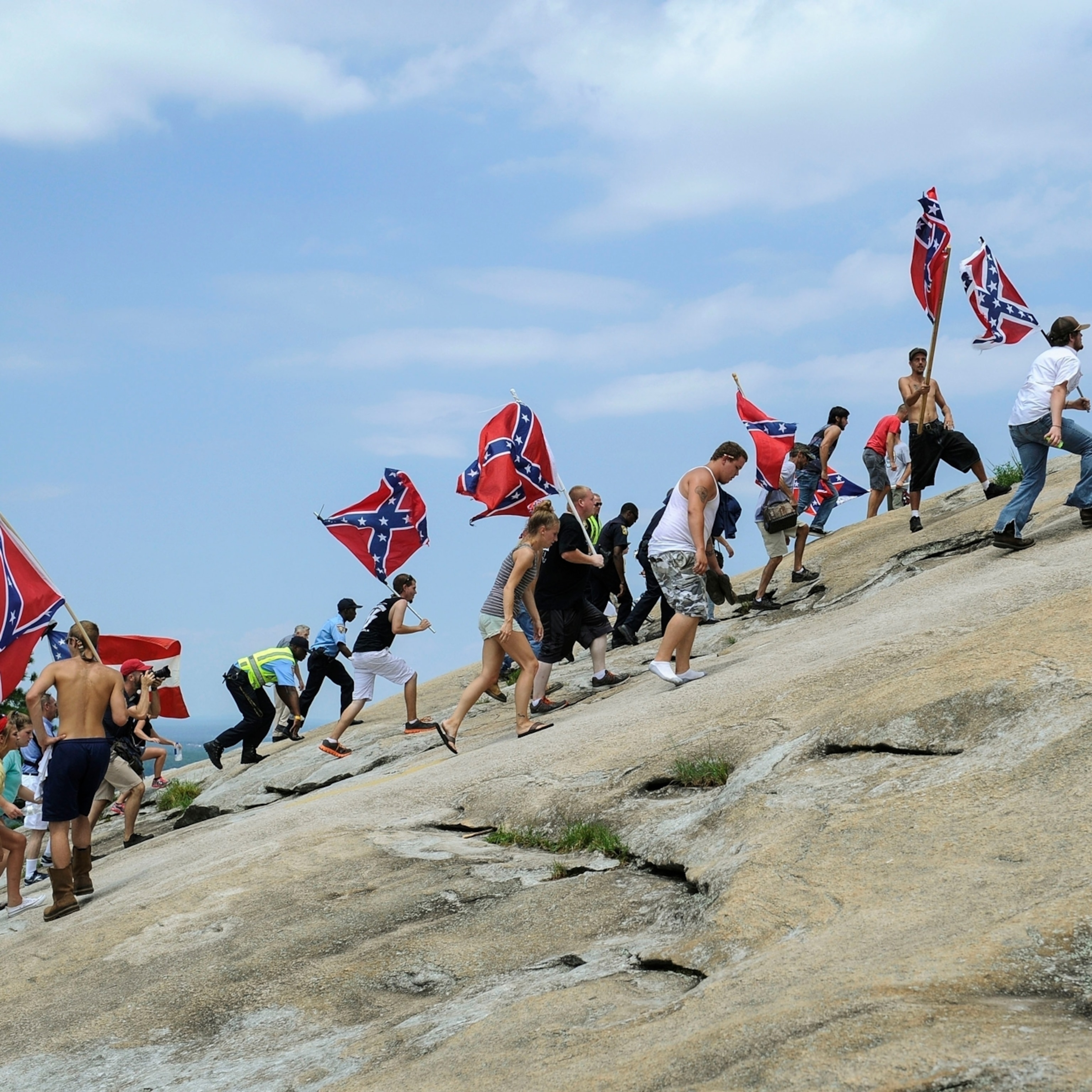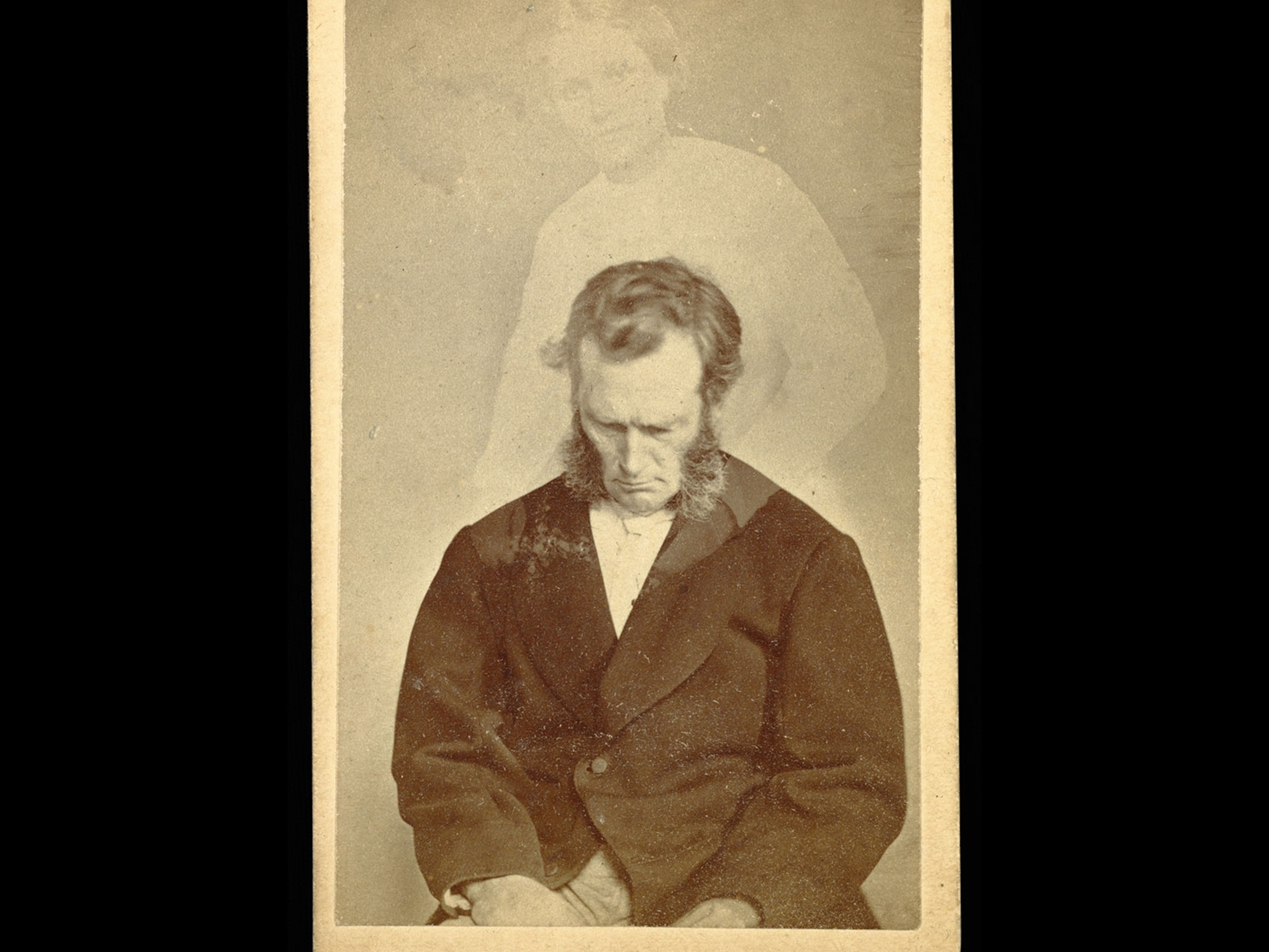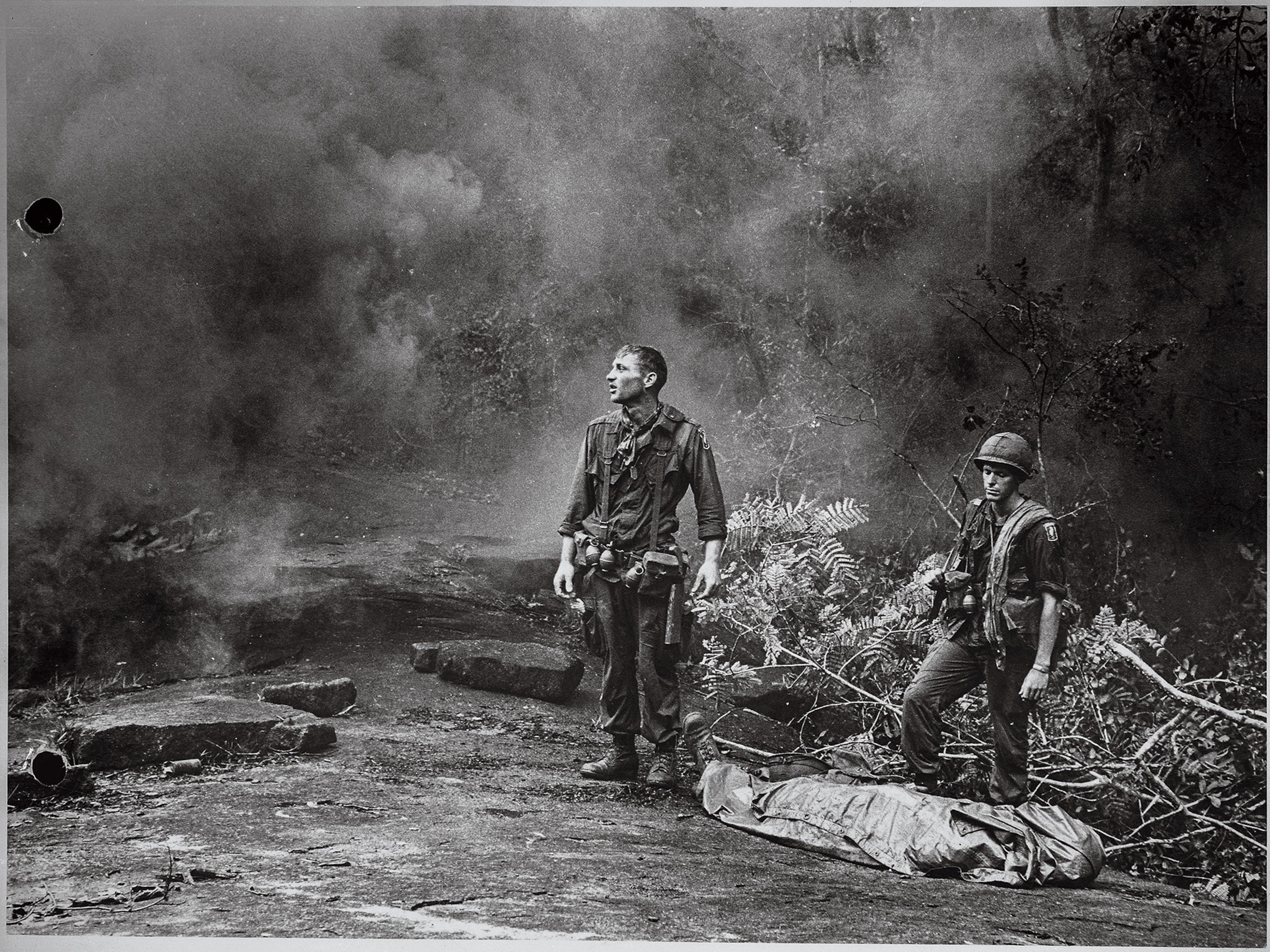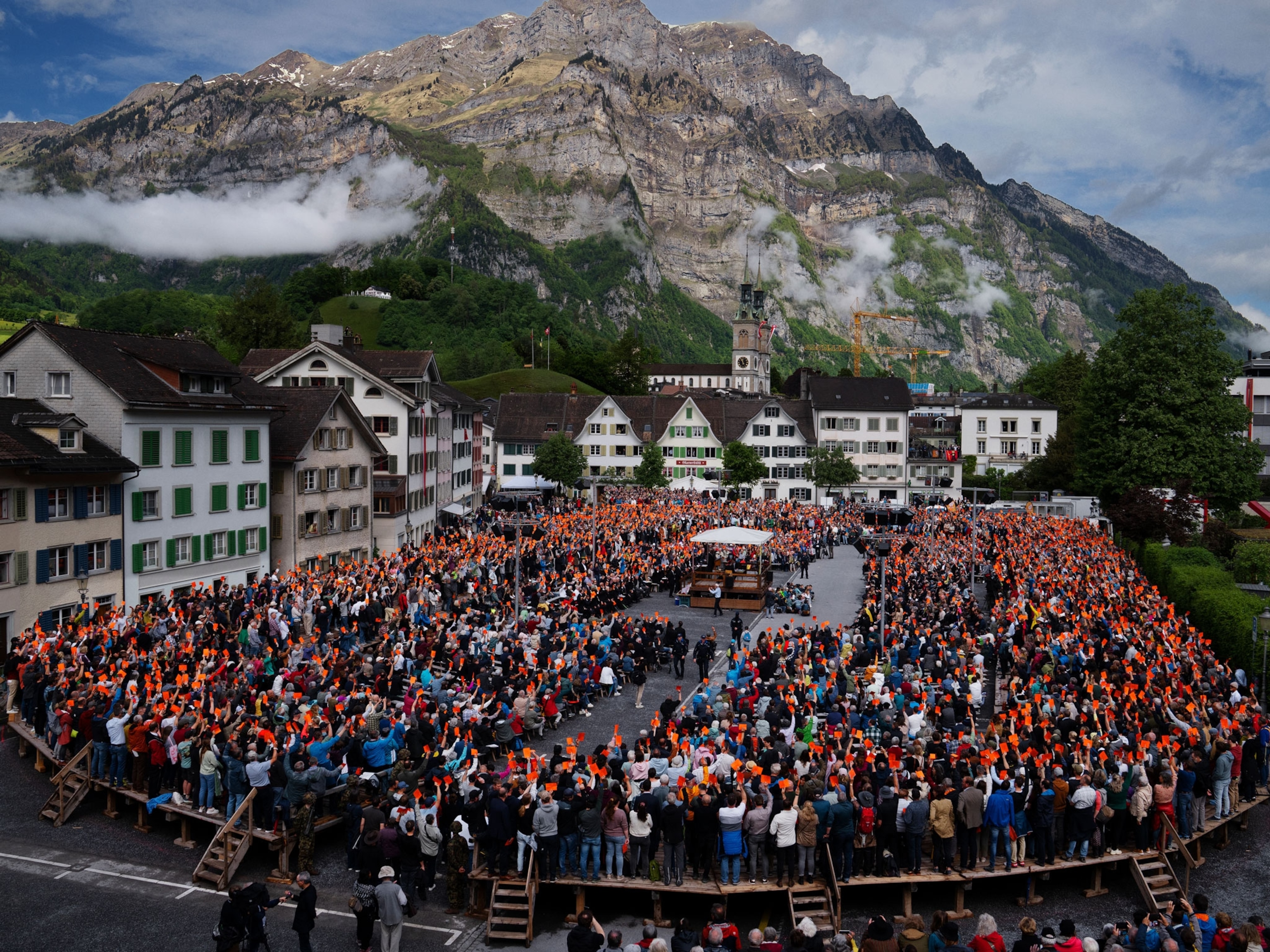
How mail-in voting began on Civil War battlefields
The 1860s paved the way for remote voting in the U.S., a process that has faced renewed controversy—and popularity—in recent years.
When soldiers living in Civil War encampments wanted to cast their vote for Republican incumbent Abraham Lincoln or Democrat George McClellan in the 1864 election, most were able to follow the same process as their parents back home. Lists of registered voters were filled out on the battlefields. De facto election judges and clerks were plucked from the gathered troops. From Kentucky to Vermont, voting rights were extended to those far away from the polls for the first time—though not without significant legal challenges and public skepticism.
More than a century and a half later, voting by mail again took center stage in 2020 as the United States grappled with a pandemic and a presidential election. Here’s what you need to know about the history of mail-in voting—and its increasing prevalence in the country today.
How the U.S. uses the mail to vote
In the United States, two voting systems use the mail: absentee ballots, for those who are physically unable to vote in person, and vote by mail, which is open to all voters.
Every state offers some form of absentee voting, but in some states voters need a valid reason, such as illness or temporary relocation outside the state, to request a ballot by mail. Currently, 27 states have adopted “no-excuse absentee balloting,” which allows anyone to request an absentee ballot, and another eight states conduct their elections entirely by mail.
During the elections that took place amid the coronavirus pandemic, voters in every state but Mississippi and Texas were allowed to vote by mail or by absentee ballot. But as the election neared, then President Trump ramped up claims that the mail-in system promotes fraudulent voting and favors the Democratic Party. (Read about the tumultuous history of the U.S. Postal Service and its fight to survive.)
The first vote-by-mail uproar
The controversy surrounding mail-in voting has roots in the Civil War. Before then, only the state of Pennsylvania granted soldiers absentee voting rights. That changed as thousands of men remained deployed far from home in the buildup to the 1864 presidential election. From 1862 to 1865, 20 northern states changed mandatory in-person voting laws to allow deployed soldiers to vote. (Read about why the U.S. has never delayed a presidential election—even during the Civil War and 1918 flu.)
The issue quickly became partisan: Republican candidates supported the cause and appealed to soldiers for their vote, while Democrats feared that Republican military leadership would tamper with the results. They complained of Republican interference and accused them of trying to steal the vote and, as a result, were publicly derided as anti-soldier and watched their popularity drop. (The Confederate States voted in its own election.)
Nine state supreme courts heard challenges to these laws, and in grappling with whether remote voting was constitutional or not, four states struck them down.
For proponents of mail-in voting, writes historian David Collins in a thesis about the wartime effort, “it was the legislature’s responsibility, and within the legislature’s constitutional authority, to subordinate the value of election ‘purity’ to the more important wartime imperative of allowing absent soldiers to vote, no matter the far greater risk of fraud.”
Voter fraud and modern controversies
But those risks have been almost nullified in the past century and a half.
By the close of the 1800s, many states had expanded their laws to allow homebound or traveling voters to participate in elections. Today, there are numerous anti-fraud protections built into mail-in balloting, including signature verification, drop boxes in secure locations, and address confirmation.
There is no evidence that mail-in voting increases electoral fraud. A Washington Post analysis found 0.0025 percent of votes were deemed possibly fraudulent in the 2016 and 2018 elections. In 20 years and 250 million mail-in votes, there have been only 143 criminal convictions related to fraudulent absentee ballots.
In the 2016 presidential election, 33 million votes—almost one-quarter of the total—were cast by mail. Trump claimed that millions illegally voted and later appointed a commission to investigate voter fraud. It ultimately disbanded without evidence to support his claim. He also asserted that if mail-in voting were adopted nationwide “you’d never have a Republican elected in this country again.” But a Stanford University study examining elections in three states from 1996 to 2018 found no partisan advantage to mail-in voting.
“[C]laims that vote-by-mail fundamentally advantages one party over the other appear overblown,” the authors wrote. “In normal times, based on our data at least, vote-by-mail modestly increases participation while not advantaging either party.” (Read about the legacy of a century of women's suffrage.)
Voting by mail stirred controversy among Americans when Civil War soldiers started filling out ballots from their military stations. But now, according to a recent PEW Research Center poll, more than 70 percent of Americans believe mail-in voting should be accessible to all. In November 2020, 43 percent of people cast their votes by mail—a sharp increase from 21 percent of mail-in votes cast in 2016.
The pandemic also spurred a bipartisan group of states to diversify their voting capacity. But only time will tell whether these changes in voting behavior were temporary—or a sign that the country has embraced a tradition that began more than a century ago.

